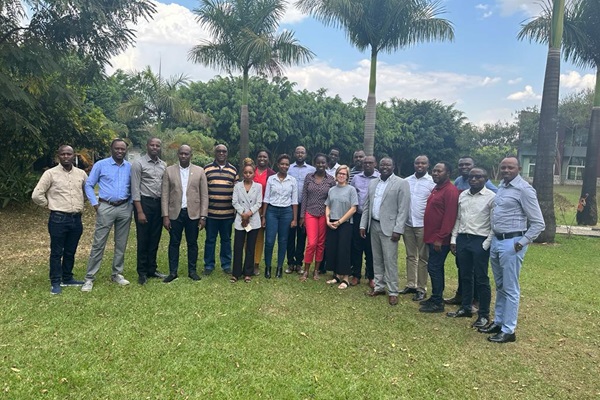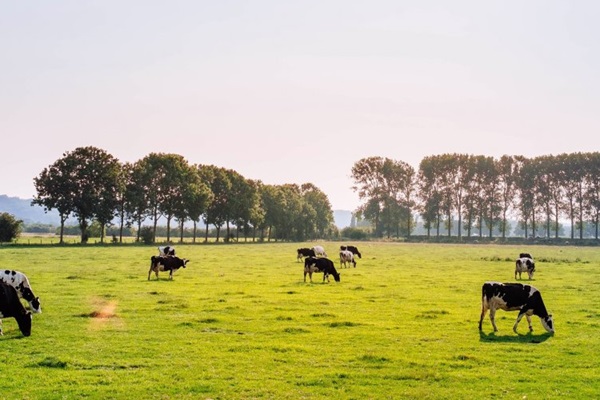 Ethiopia
Ethiopia

DC_Ethiopia
- 117.9 million
Human population - 237.7 million
Livestock population - 30% Cattle , 24% Chickens, 22% Goats , 18% Sheep and 6% Other
Livestock composition - 37.6 percent
Agriculture, forestry, and fishing, value added (% of GDP)
Overview
Dairy farming is of the most important economic sectors in Ethiopia, contributing to the livelihoods of 1.7 million livestock keepers and farmers. Annual milk consumption in the country is about 19 litres per capita, but urbanization is increasing the national demand for milk products. For instance, milk consumption in Addis Ababa was about 52 litres per capita in 2014. Differences in breed and management make milk yield performances widely different across Ethiopia’s dairy production systems. Daily milk production can range from 1.5 litres per cow in pastoral and agro-pastoral systems to 20 litres per cow in medium-scale commercial systems. The low productivity of dairy animals and lack of high-yielding genotypes in the country results in a shortage of supply of dairy products relative to demand. This increases Ethiopia’s dependence on imports. Between 2011 and 2013, the country spent approximately USD 11–15 million in foreign exchange on imports of milk and dairy products. In Ethiopia’s pastoral and agro-pastoral systems, meat and manure sales together contribute to 70 percent of the total farm revenue, while milk provides the rest. FAO’s analysis shows that if Ethiopia adopts mitigation interventions to reduce methane emissions and enhance productivity, then milk production would contribute 56 percent of the farm revenues.
Baseline greenhouse gas emissions
The greenhouse gas emissions analysis of Ethiopia’s dairy cattle systems conducted in 2013 revealed that these systems were responsible for about 116.3 million tonnes of carbon dioxide equivalent (CO2-eq.) of greenhouse gas emissions with enteric methane representing about 87 percent of the total. At the national level, the average emission intensity was on average 24.5 Kg CO2-eq. per kilograms of fat and protein corrected milk (FPCM). The average emission intensities were:
45 kg CO2-eq/kg FPCM for mixed crop-livestock systems
20 kg CO2-eq/kg FPCM for pastoral and agro-pastoral systems
9 kg CO2-eq/kg FPCM for small-scale commercial systems
4 kg CO2-eq/kg FPCM for medium-scale commercial systems
Mitigation interventions
The combination of practices related to the use of leguminous shrubs, urea-treated crop residues, control of trypanosomosis, and artificial insemination, would increase Ethiopia’s milk production from 62 to 225 percent and decrease enteric methane emission intensity by up to 68 percent across production systems. The study suggests that taken individually, these interventions have the potential to increase Ethiopia’s milk production by between 10 percent (supplementation with legumes shrubs) and 181 percent (artificial insemination) and to reduce emission intensity by between 24 percent (use of urea molasses multi-nutrient blocks) and over 62 percent (artificial insemination). They can also boost overall farm income and particularly increase the contribution of milk sales to the total revenue profile.







